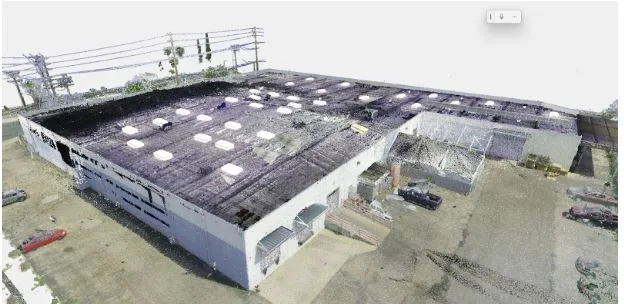Should Your Roof Be Lighter or Darker Than Your Indiana House?
When it’s time to choose a roof color, many Indiana homeowners ask the same question: Should the roof be lighter or darker than the house? This decision goes beyond looks. The shade you choose affects energy efficiency, comfort, and even how big your home appears from the street. Picking the right color is about balance, finding a shade that blends style, function, and your own taste.
Why Roof Color Matters
Your roof is one of the first things people notice about your home. It takes up a large part of the exterior and has a big impact on curb appeal. A color that clashes with your siding can feel out of place, while a color that complements it can bring the entire home design together. Roof color also affects how your home feels inside, which matters in Indiana’s hot summers and snowy winters.
Light Roofs vs. Dark Roofs
Light roofs reflect sunlight, which helps keep your home cooler in the summer. This can lower air conditioning costs and reduce attic heat. A lighter roof can also make your house look larger and more open, which works well with modern farmhouses, cottages, or homes with lighter siding.
Dark roofs, on the other hand, absorb heat. This creates a cozy, grounded look and may even help snow melt a little faster during the winter. Dark shades also hide dirt, algae, and stains more easily than light roofs. The downside is that during hot weather, dark shingles can raise your cooling bills if your attic doesn’t have good insulation.
Energy Efficiency in Indiana
Indiana summers can be hot, and winters can be cold, which makes energy efficiency a big part of the decision. While lighter roofs can reflect heat and darker roofs can hold warmth, insulation and ventilation make the biggest difference in comfort and energy bills. A home with strong insulation will feel steady in temperature, whether the roof is light or dark.
Modern roofing products also offer reflective coatings that bounce heat away. This means you can pick almost any color, light or dark, without worrying as much about your energy bill.
Matching Your House Color
When deciding whether the roof should be lighter or darker than your house, think about contrast. A light house with a dark roof creates a bold, eye-catching style. A dark house with a lighter roof gives the same striking effect. High-contrast designs highlight architectural details and make your home stand out.
If you want a more subtle look, choose low contrast. This means your roof and siding are close in shade, which creates a softer, blended appearance. Low-contrast homes often feel calmer and more classic, while high contrast feels modern and dramatic.
Fit With Your Neighborhood
Your choice also affects how your house fits in with nearby homes. A roof that’s too bold may draw attention for the wrong reasons. If you live in a neighborhood with an HOA, you may also have rules on approved roof colors. Even without rules, it’s a good idea to look around and choose a shade that complements the community style.
Don’t Forget Personal Style
Practical factors matter, but your personal taste should guide the final decision. Think about the overall feel you want for your home. Do you prefer a bright, welcoming look? Or do you want a rich, dramatic style? Test color samples outside, and view them at different times of day. Morning sun, afternoon shade, and evening light can make the same shingle look completely different. Testing helps you feel confident before committing.
The Bottom Line
So, should the roof be lighter or darker than the house? There isn’t one right answer. Lighter roofs reflect heat and make your home appear bigger, while darker roofs add warmth, hide stains, and create a bold look. The best choice depends on your siding color, energy needs, neighborhood, and personal style. By weighing all these factors, you’ll choose a roof color that keeps your home comfortable and beautiful for many years.





